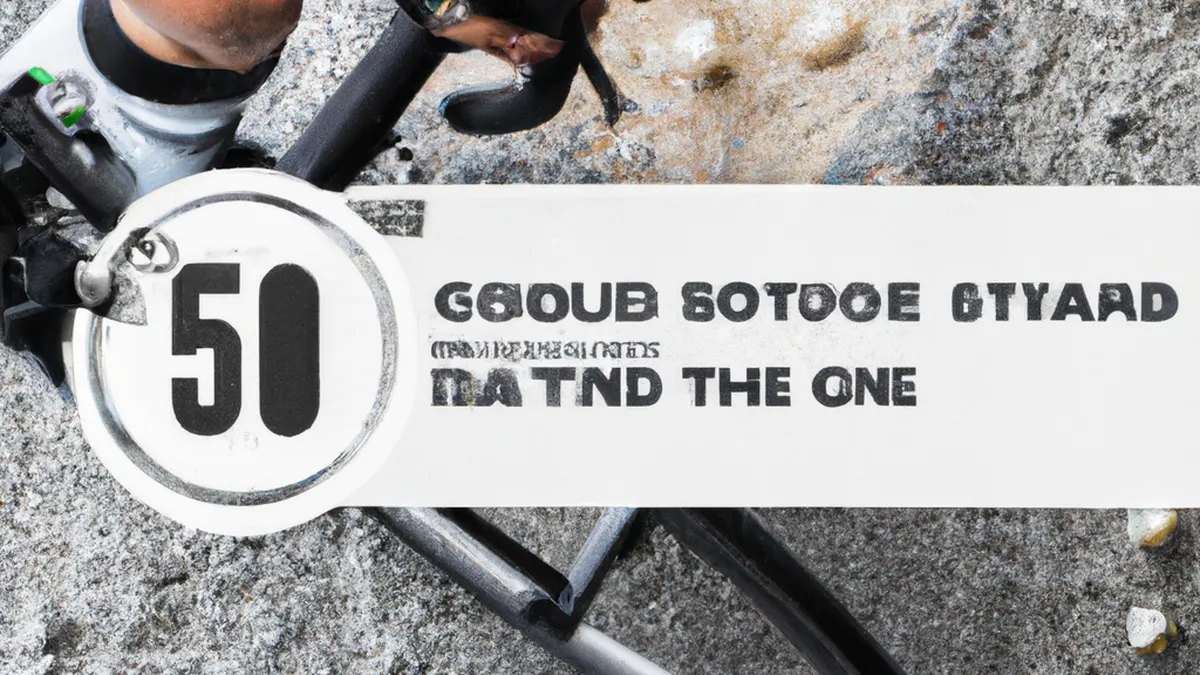Target Your Zones for Mountain Biking
Heart Rate Training Zones for MTBOMountain Bike Orienteering (MTBO) combines navigation challenges with cycling demands. Participants navigate diverse terrains while honing map-reading skills and cycling endurance. Understanding heart rate training zones can significantly boost performance in MTBO. This method improves endurance, speed, and overall efficiency. In this post, we’ll explore heart rate training zones for MTBO, share practical training tips, and highlight its benefits.
Understanding Heart Rate Zones
Heart rate training zones depend on your maximum heart rate (HRmax). Estimate your HRmax by subtracting your age from 220. For example, a 30-year-old has an estimated HRmax of 190 beats per minute (bpm). This formula serves as a guideline; individual variations exist. Consider performing a maximum heart rate test for more accuracy.Once you know your HRmax, identify your training zones:
The Five Training Zones
1. **Zone 1: Very Light (50-60% of HRmax)** Use this zone for recovery and warm-ups. Training here enhances blood circulation and prepares your body for intense efforts. It also works well for active recovery days following intense workouts.2. **Zone 2: Light (60-70% of HRmax)** This zone builds your aerobic capacity. Training in Zone 2 enables you to sustain longer rides without fatigue. This endurance is crucial for MTBO events that require prolonged physical exertion.3. **Zone 3: Moderate (70-80% of HRmax)** Use this zone for tempo rides. It raises your lactate threshold, allowing faster paces for longer durations. Training here improves the body’s efficiency in clearing lactic acid, enhancing competitive performance.4. **Zone 4: Hard (80-90% of HRmax)** Focus on boosting your anaerobic capacity in this zone. Training increases your speed and power, essential for steep climbs and quick sprints. Incorporate intervals to enhance race-day performance.5. **Zone 5: Maximum (90-100% of HRmax)** Reserve this zone for short, intense efforts. Training here maximizes your power output and ability to sustain high-intensity efforts. It benefits finishing sprints and navigating challenging course sections.
Tips for Effective Heart Rate Training
As an Amazon Associate I earn from qualifying purchases.
Gear tip: consider bike helmet, hydration vest, and soft flasks to support this topic.
To make the most of heart rate training, monitor your heart rate regularly. Adjust your training intensity according to your goals. Incorporate intervals and varied workouts for balanced development. Focus on recovery to prevent overtraining. Stay consistent for the best results.
Conclusion
In summary, understanding heart rate training zones enhances MTBO performance. Use these zones to build endurance, speed, and efficiency. Implement the tips for effective training and enjoy the benefits of this methodology.
Below are related products based on this post:
FAQ
What are heart rate training zones?
Heart rate training zones are specific ranges of heart rate that correspond to different levels of exercise intensity. They are based on your maximum heart rate, which can be estimated by subtracting your age from 220. Understanding these zones can help improve endurance, speed, and overall cycling efficiency in Mountain Bike Orienteering.
How can I determine my maximum heart rate?
You can estimate your maximum heart rate (HRmax) by using the formula 220 minus your age. For example, if you are 30 years old, your estimated HRmax would be 190 beats per minute. For more accuracy, consider performing a maximum heart rate test.
What is the benefit of training in Zone 2?
Training in Zone 2, which is 60-70% of your HRmax, helps build your aerobic capacity. This zone allows you to sustain longer rides without fatigue, making it particularly important for MTBO events that require prolonged physical exertion. It enhances your overall endurance and prepares you for challenging courses.















Post Comment